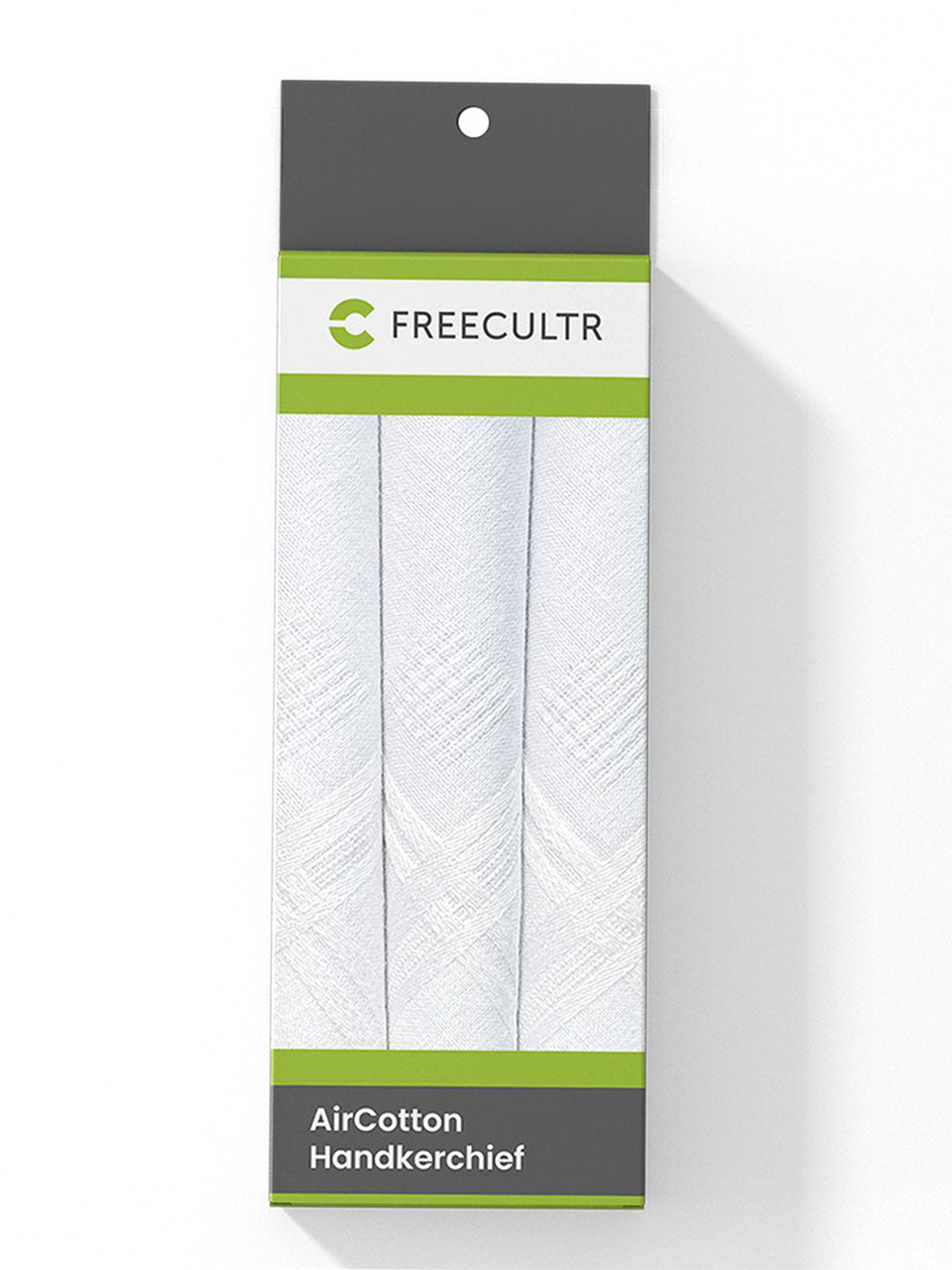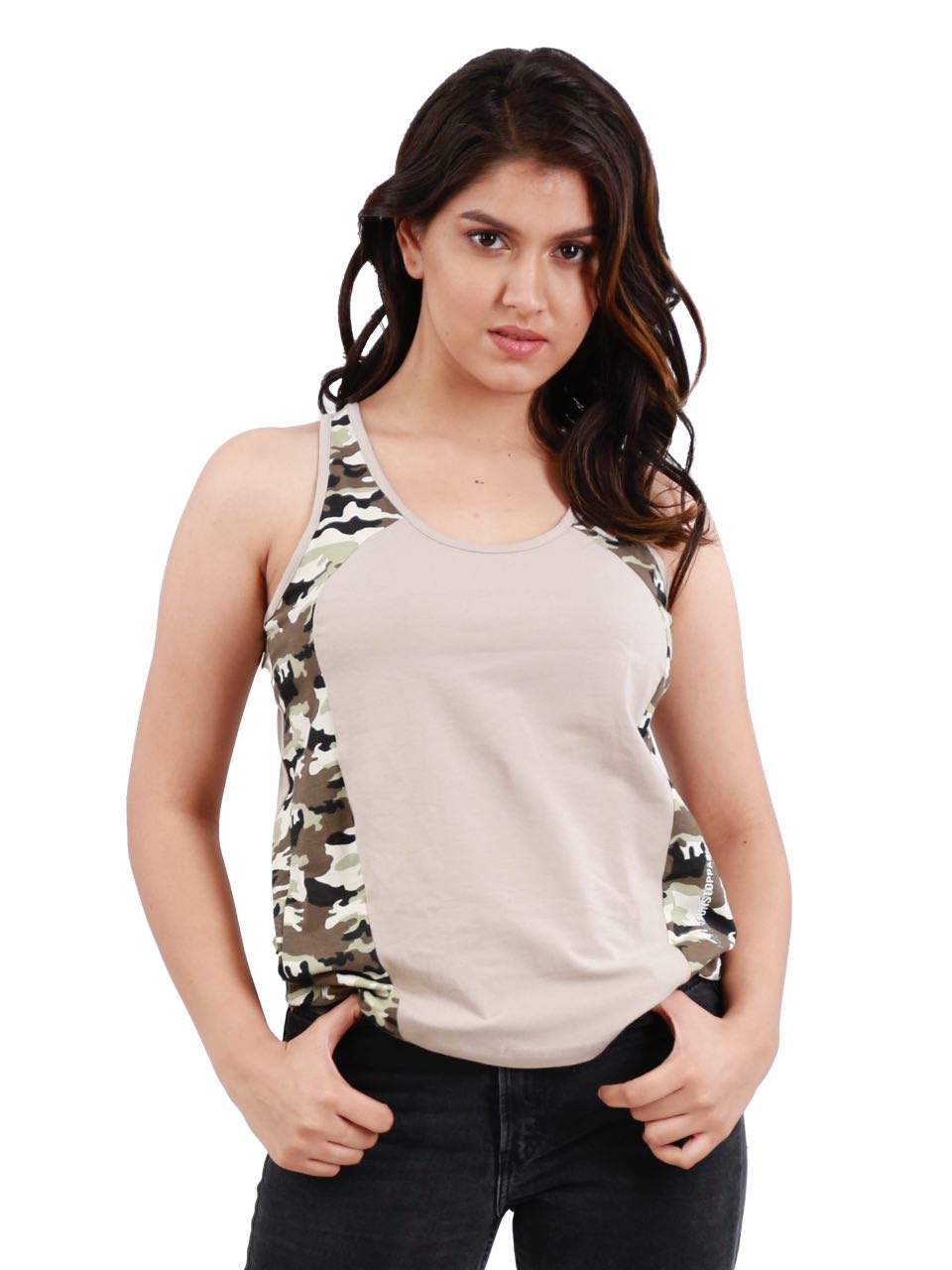Beyond fleeting summer trends like vibrant neon or retro patterns, smart swimwear now prioritizes fabric innovation. Today's active man demands trunks that perform, not just look good poolside. Extended sun exposure, intensified by water reflection, necessitates reliable UPF protection, guarding against harmful UV rays implicated in premature aging and skin damage. Similarly, advancements in chlorine-resistant materials, such as enhanced polyester blends, are crucial. These materials combat degradation from chemically treated water, extending the lifespan of your swim trunks and preserving their color vibrancy, a clear advantage over traditional fabrics in heavily chlorinated environments. Upgrade your swimwear; choose performance.

Understanding UPF Protection in Swim Trunks
Ultraviolet Protection Factor (UPF) indicates how much UV radiation (both UVB and UVA) a fabric allows to reach your skin. It's like SPF (Sun Protection Factor) for sunscreen. For clothing. A fabric with a UPF of 50 blocks 98 percent of the sun's rays, reducing your exposure risk significantly. When choosing swim trunks, look for a UPF rating of 30 or higher for adequate protection. This is particularly crucial if you spend extended periods outdoors, especially in regions with high UV indexes.
Fabrics achieve UPF ratings through various methods:
- Tight Weave: Densely woven fabrics naturally allow less UV radiation to pass through.
- Fabric Composition: Certain materials, like polyester and nylon, inherently offer better UV protection than natural fibers like cotton.
- Dyes and Treatments: Darker colors and special UV-absorbing finishes can enhance a fabric's UPF rating.
Keep in mind that wet fabric generally offers less UV protection. Therefore, investing in swim trunks specifically designed for UPF protection is a smart move for safeguarding your skin.
Chlorine Resistance: Protecting Your Swim Trunks
Chlorine, a common disinfectant in swimming pools, can wreak havoc on swimwear. It breaks down the elastic fibers (like spandex or elastane) that give swim trunks their shape and stretch. This leads to sagging, fading. A shorter lifespan for your favorite pair. Chlorine-resistant fabrics are designed to withstand this degradation, maintaining their integrity and color for longer.
Here's how chlorine resistance is achieved:
- Fabric Type: Polyester is inherently more chlorine-resistant than nylon or spandex.
- Special Treatments: Some fabrics are treated with finishes that create a barrier against chlorine damage.
- PBT (Polybutylene Terephthalate): This polyester variant offers superior chlorine resistance and is often blended with other fibers to enhance durability.
When shopping for chlorine-resistant swim trunks, pay attention to the fabric composition. Look for terms like "chlorine-resistant polyester" or blends that include a high percentage of PBT.
Comparing Fabrics: Polyester vs. Nylon vs. Spandex
Understanding the properties of different fabrics is crucial for selecting swim trunks that meet your needs. Here’s a comparison of the most common materials:
| Fabric | UPF Protection | Chlorine Resistance | Durability | Comfort & Feel |
|---|---|---|---|---|
| Polyester | Good | Excellent | Excellent | Can be less soft than nylon |
| Nylon | Moderate | Poor to Moderate | Good | Softer and more comfortable than polyester |
| Spandex (Elastane) | Poor | Poor | Poor | Excellent stretch and recovery |
Most swim trunks are made from a blend of these fabrics. For example, a common combination is polyester for durability and chlorine resistance, with a small percentage of spandex for stretch and comfort. A blend incorporating PBT will provide the best of both worlds.
Real-World Applications and Use Cases
Consider these scenarios when choosing swim trunks:
- Frequent Swimmers: If you swim regularly in chlorinated pools, prioritize chlorine resistance. Look for 100% polyester or PBT blends.
- Outdoor Activities: For beach vacations, water sports, or any extended sun exposure, UPF protection is paramount. Choose fabrics with a UPF rating of 30 or higher.
- Recreational Use: For occasional swimming or lounging, a blend of nylon and spandex might suffice, offering a balance of comfort and affordability.
Personal Anecdote: I once purchased a pair of stylish nylon swim trunks for a tropical vacation. While they looked great, the chlorine in the resort pool quickly faded the color and destroyed the elasticity. I learned the hard way that investing in chlorine-resistant fabrics is essential for frequent swimmers. Now I always opt for polyester blends.
Maintaining Your Swim Trunks for Longevity
Regardless of the fabric type, proper care can extend the life of your swim trunks:
- Rinse Immediately: After each use, rinse your swim trunks thoroughly with fresh, cool water to remove chlorine, salt. Sunscreen.
- Hand Wash: Hand washing is gentler than machine washing. Use a mild detergent specifically designed for swimwear.
- Avoid Harsh Chemicals: Do not use bleach or fabric softeners, as these can damage the fibers.
- Air Dry: Lay your swim trunks flat to dry, away from direct sunlight. Avoid using a dryer, as the heat can break down the elastic.
- Store Properly: Store your swim trunks in a cool, dry place. Avoid storing them wet or crumpled, as this can lead to mildew and damage.
Fashion & Comfort
It is crucial to balance both fashion and comfort when selecting the perfect pair of men's trunks. While UPF protection and chlorine resistance are crucial for long-lasting wear, the fit, style. Overall comfort cannot be overlooked. Look for trunks that not only perform well in the water but also make you feel confident and stylish whether you are at the beach or by the pool. Choose designs and colors that reflect your personal style while ensuring the fabric feels soft and comfortable against your skin. Prioritizing both fashion and comfort will enhance your overall experience and make you excited to wear your swim trunks every time.
Conclusion
Investing in UPF-protected, chlorine-resistant trunks isn't just about buying swimwear; it's about investing in your skin's health and your wallet's longevity. Think of it as preventative care for your body and a smart choice against constantly replacing faded, worn-out swimwear. I remember a recent trip where my buddy’s cheap trunks completely disintegrated after a few dips in the pool – avoid that awkward situation! Before you dive into that crystal-clear water or soak up the sun's rays, consider applying sunscreen even under your trunks for maximum protection, especially on those long days at the beach. And remember, rinsing your trunks after each swim extends their life significantly. Choose wisely, protect yourself. Make a splash with confidence this season!More Articles
Men's Trunks – Quick Drying & Comfortable WaistbandBandana for Men – Versatile Style & Sun Protection
Brief – Supportive Fit & Moisture Wicking
Tees – Soft Cotton & Durable Fabric
FAQs
So, what exactly are 'trunks' in this context? Are we talking swimming or just lounging?
Good question! When I say 'trunks' here, I'm referring to swim trunks. Think of them as the shorter, more modern cousin of swim briefs and the slightly less baggy brother of board shorts. Perfect for swimming, surfing, or just chilling by the pool.
UPF protection sounds fancy. How well does it really protect me from the sun?
It's not just fancy talk! UPF (Ultraviolet Protection Factor) is like SPF for fabrics. A UPF rating of 50, for example, means that only 1/50th (or 2%) of the sun's UV rays can penetrate the fabric. That's pretty darn good protection. Remember to still use sunscreen on exposed skin!
Chlorine resistant? Does that mean they never fade or wear out?
Okay, let's be realistic. 'Chlorine resistant' doesn't mean indestructible! It does mean the fabric is designed to withstand chlorine exposure much better than regular swim fabrics. They'll last longer, hold their color better. Won't get that saggy, stretched-out feeling as quickly. But proper care (rinsing after each swim) will still help them live a long and happy life.
Are these trunks suitable for all types of swimming – like, in the ocean too?
Absolutely! Chlorine resistance is great for pools. The UPF protection is super essential for the ocean. Plus, a lot of these trunks are made from materials that are quick-drying and comfortable in both fresh and saltwater.
What kind of fit can I expect? Are these super tight, or more relaxed?
That depends on the specific brand and style. Generally, trunks offer a more streamlined fit than board shorts without being as revealing as briefs. Look for descriptions like 'athletic fit' or 'modern fit' for a closer feel, or 'relaxed fit' if you prefer something looser.
Okay, I'm sold. How do I keep these trunks in tip-top shape?
Easy! Always rinse them with fresh water after swimming (whether it's pool or ocean). Avoid harsh detergents or bleach. Hand washing is ideal. If you machine wash, use a gentle cycle. And definitely air dry them – tumble drying is a no-no if you want them to last!
Do the UPF properties wash out over time?
Good question! Generally, the UPF protection is built into the fabric itself, so it shouldn't wash out significantly. But, wear and tear can eventually reduce the effectiveness. Proper care, as mentioned earlier, will help maintain the UPF properties for as long as possible.






